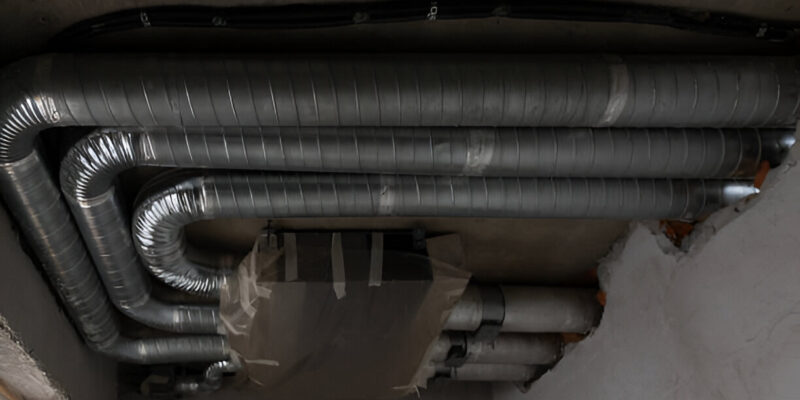Fireproofing with Pipe Insulation: Enhancing Safety in Residential and Commercial Buildings
Fire safety is a critical concern in both residential and commercial buildings. One effective method for enhancing fire safety is the use of pipe insulation. This article explores how pipe insulation contributes to fireproofing, the materials used, and best practices for implementation.
Importance of Fireproofing
Fireproofing is essential for preventing the spread of flames and smoke, protecting lives, and minimizing property damage. In many buildings, pipes carry hot water, steam, or other materials that can be a fire hazard. Proper insulation can mitigate these risks.
How Pipe Insulation Enhances Fire Safety
-
Thermal Resistance: Insulation materials can provide a thermal barrier that prevents heat transfer. This is crucial in maintaining safe temperatures in areas adjacent to pipes, reducing the likelihood of ignition.
-
Fire-Resistant Materials: Many pipe insulation products are made from materials specifically designed to withstand high temperatures. These include:
- Mineral wool: Non-combustible and provides excellent thermal insulation.
- Fiberglass: Resistant to fire and effective at reducing heat transfer.
- Foam glass: Lightweight and offers high thermal resistance.
-
Smoke and Flame Barriers: Fire-rated pipe insulation helps contain smoke and flames, preventing them from spreading through walls or ceilings. This is particularly important in multi-story buildings.
-
Compliance with Building Codes: Many local and national building codes require fire-resistant materials in specific applications. Using compliant pipe insulation ensures adherence to regulations, enhancing overall safety.
Best Practices for Fireproofing with Pipe Insulation
-
Proper Installation: Ensuring that pipe insulation is installed correctly is vital. Gaps or incomplete coverage can create vulnerabilities. Follow manufacturer guidelines and consider hiring professionals.
-
Regular Inspections: Periodically check insulation for damage or wear. Replace any compromised sections promptly to maintain fire resistance.
-
Choosing the Right Material: Select the appropriate insulation material based on the specific requirements of your building and local regulations. Consider factors like temperature, humidity, and potential exposure to fire.
-
Integrating with Other Fire Safety Measures: Use pipe insulation as part of a comprehensive fire safety strategy that includes smoke detectors, fire alarms, and sprinkler systems.
-
Educating Building Occupants: Inform residents or employees about the importance of fire safety measures, including the role of insulated pipes, to foster a culture of awareness and preparedness.
Conclusion
Fireproofing with pipe insulation is a vital component of building safety. By selecting appropriate materials and ensuring proper installation, both residential and commercial properties can significantly reduce fire risks. Investing in fire-resistant pipe insulation not only enhances safety but also provides peace of mind for occupants and property owners alike.

